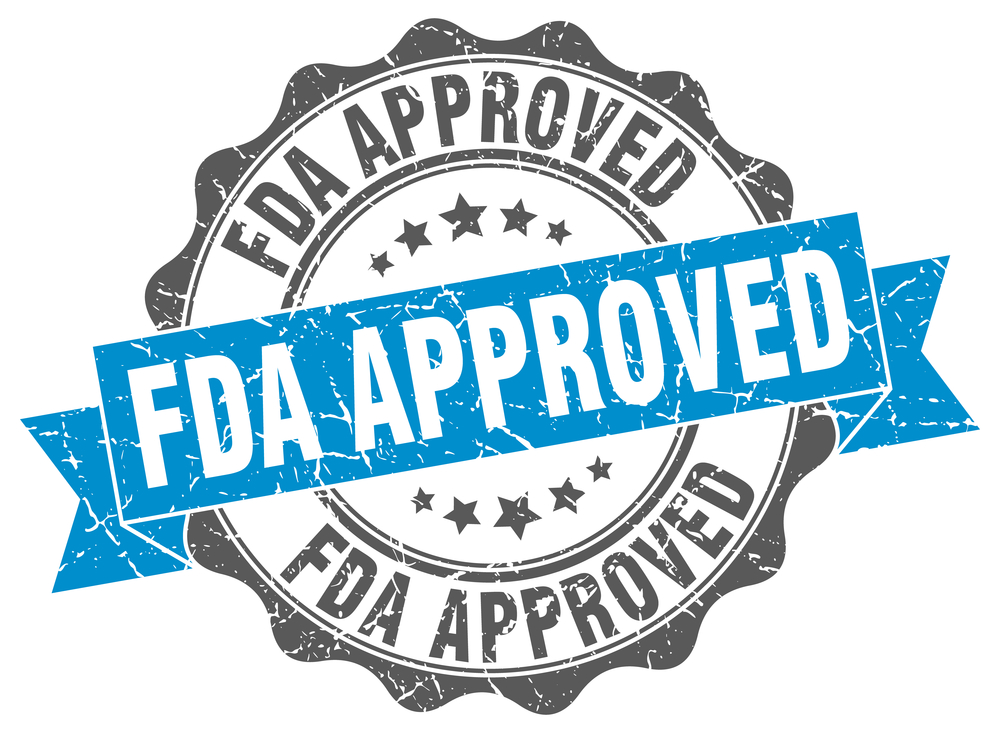 The Food and Drug Administration (FDA) recently released proposed changes to its “Education Blueprint for Health Care Providers Involved in the Management or Support of Patients with Pain.” FDA guidelines now recommend that doctors learn about chiropractic care and acupuncture as treatment methods.
The Food and Drug Administration (FDA) recently released proposed changes to its “Education Blueprint for Health Care Providers Involved in the Management or Support of Patients with Pain.” FDA guidelines now recommend that doctors learn about chiropractic care and acupuncture as treatment methods.
The new blueprint is part of an FDA initiative that began in 2011 to combat prescription drug abuse. The original version didn’t mention chiropractic or acupuncture, but the FDA is now encouraging health care providers to become informed about a broader range of treatment options, including non-pharmacologic therapies.
The document says health care providers “should be knowledgeable about the range of available therapies, when they may be helpful, and when they should be used as part of a multidisciplinary approach to pain management.”
Chiropractic care and acupuncture made the cut. Imagine that.
Thanks for showing up to the party, FDA. What took you so long? Why did it take a prescription drug abuse epidemic to convince you to open your eyes and minds to treatment methods that have been scientifically proven to relieve pain?
Well, I know part of the answer to that question. Recognizing the value of chiropractic and acupuncture would ruffle the feathers of the big pharma lobby. Also, most doctors and elected officials just aren’t educated about these things, so how could they recommend them to others?
By the way, chiropractic and acupuncture are listed as “complementary therapies” in the non-pharmacologic section of the FDA blueprint, below psychological approaches, physical rehabilitative approaches, and surgical approaches. In conventional medicine circles, complementary therapy is basically a synonym for alternative medicine.
The frustrating thing is that chiropractic care and acupuncture should be used far more extensively than they are. They should be in the tool shed of every health care provider in America. They should be mainstream therapies, not alternative or complementary.
Of course, if alternative medicine means you take the time to listen to the patient, test the patient, and develop a customized treatment plan that focuses on stimulating the body’s self-healing ability – a plan that may include chiropractic or acupuncture – I’ll wear that title like a badge of honor.
Any health care provider who treats pain should be familiar with therapies that don’t involve medication. When the gut instinct is to reach for the prescription pad first, that’s a problem. When that medication does nothing but mask symptoms rather than attack the root cause of the pain, that’s a problem. If the doctor didn’t take the time to figure out what the root cause is, that’s a problem.
Every day in clinical practice, we treat the root cause of pain using an integrative approach that also includes clinical nutrition, physical therapy and therapeutic massage. Instead of medicating people, we educate and empower them to make lifestyle changes that prevent pain from returning.
That’s not alternative medicine. That’s functional medicine, backed up by mainstream science. Glad to hear the FDA is finally getting on board.